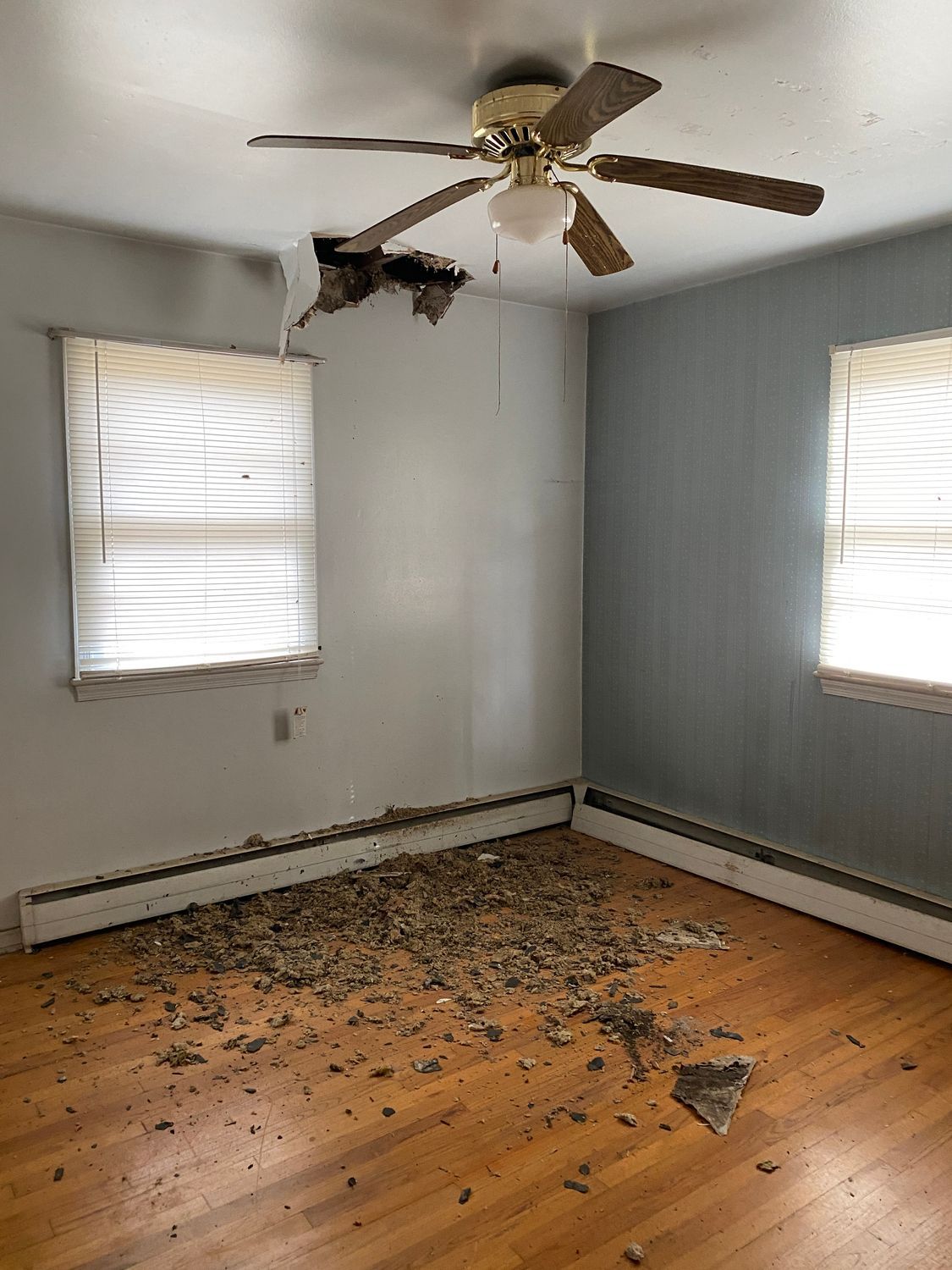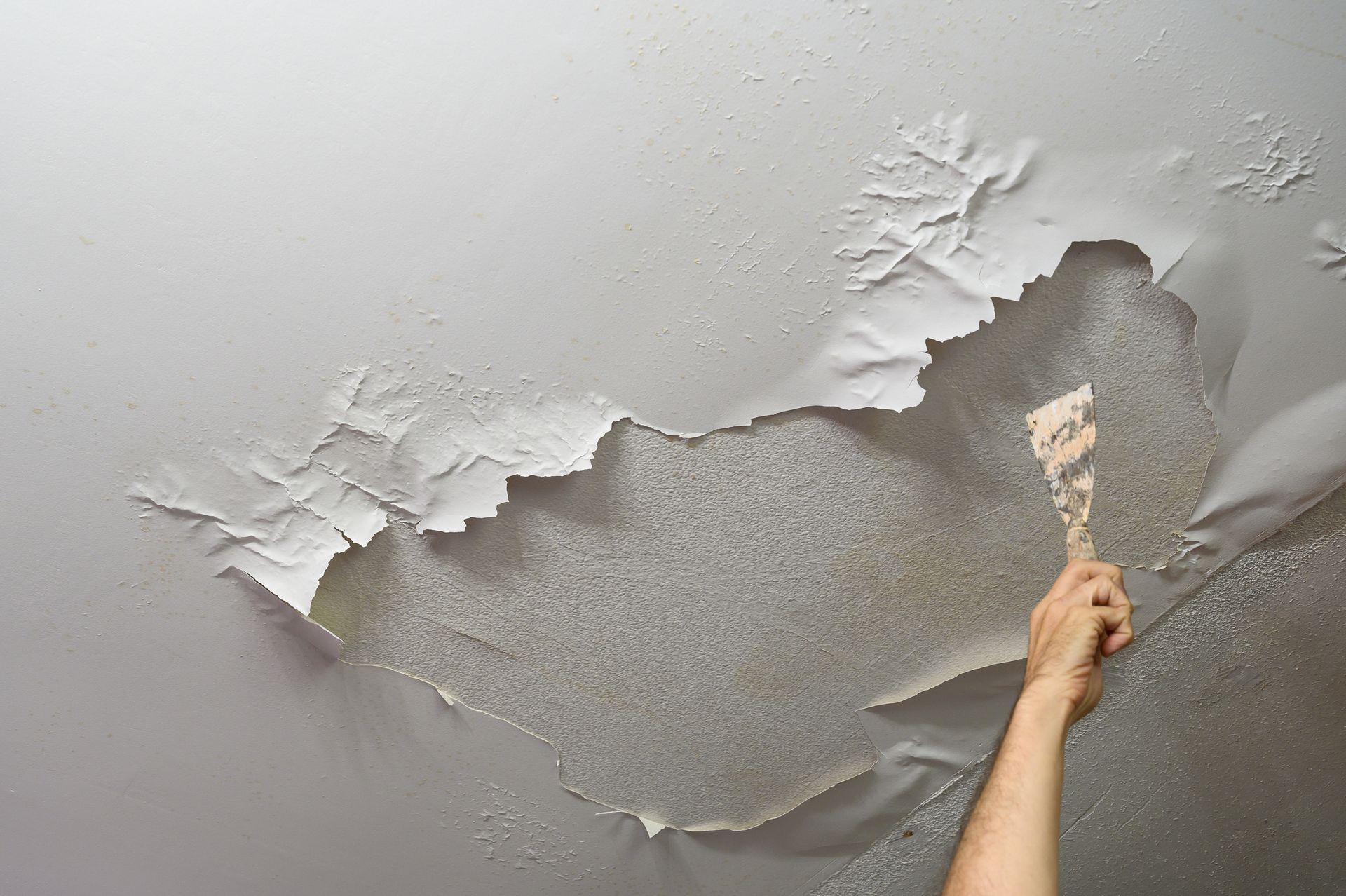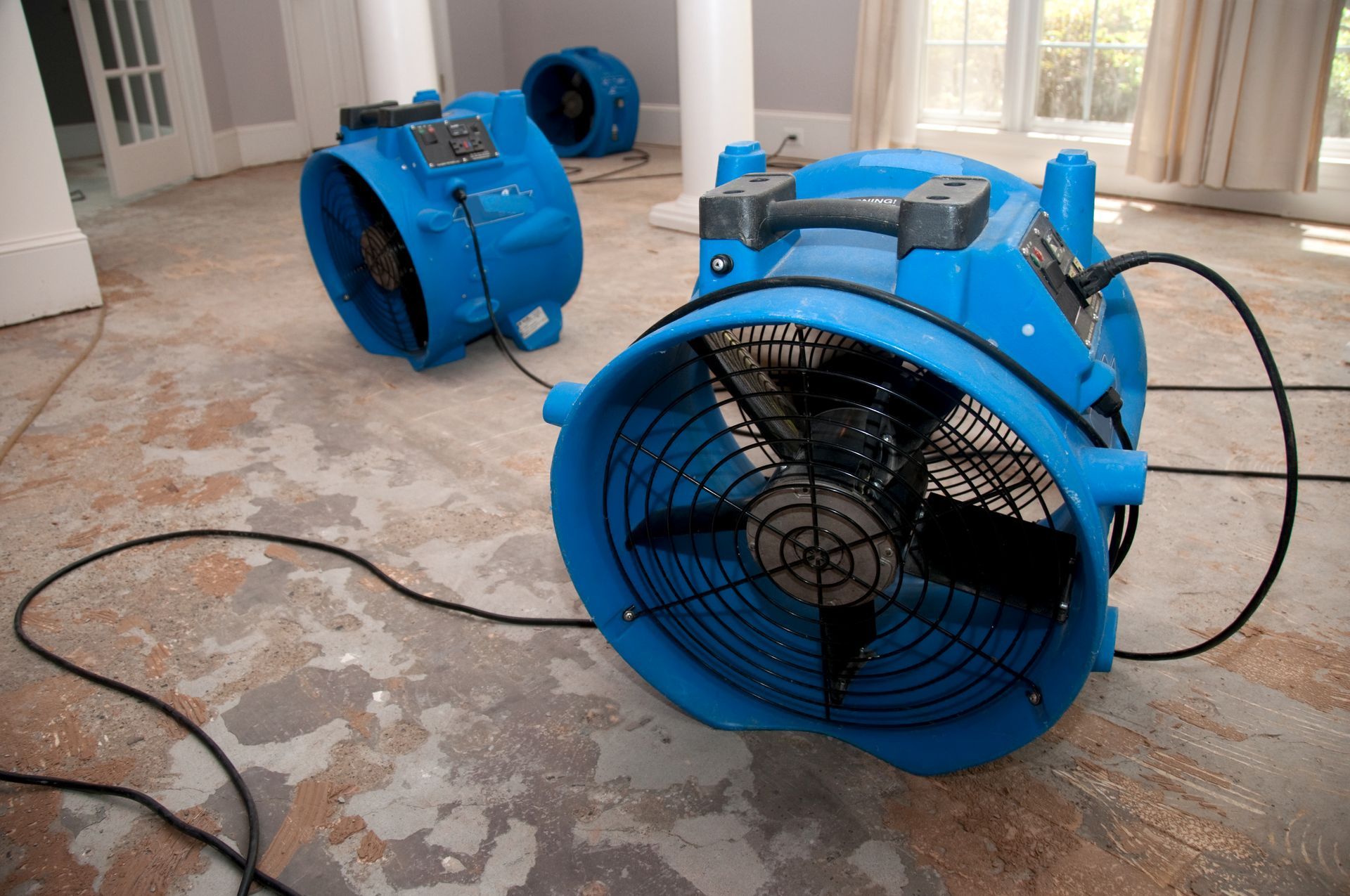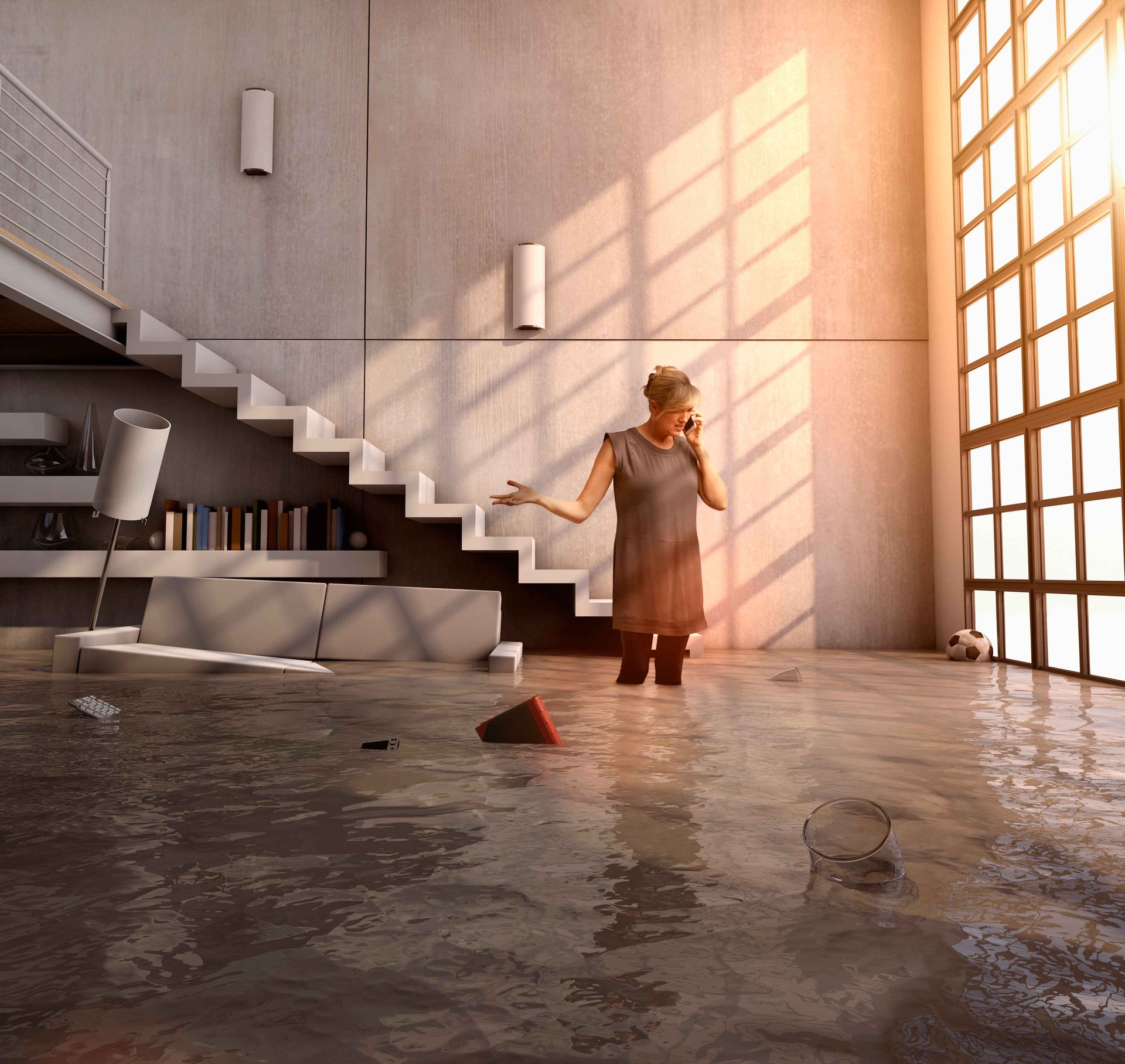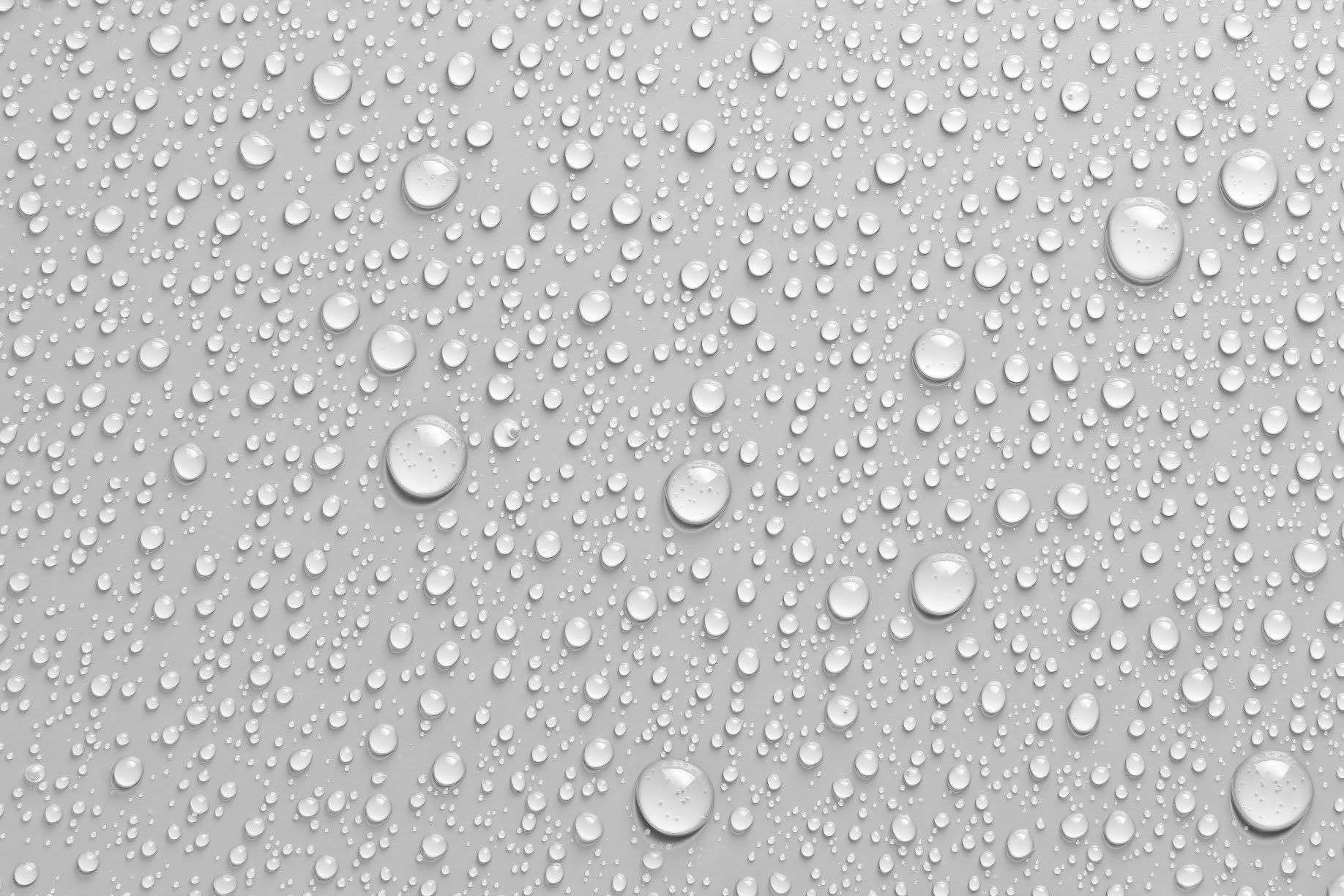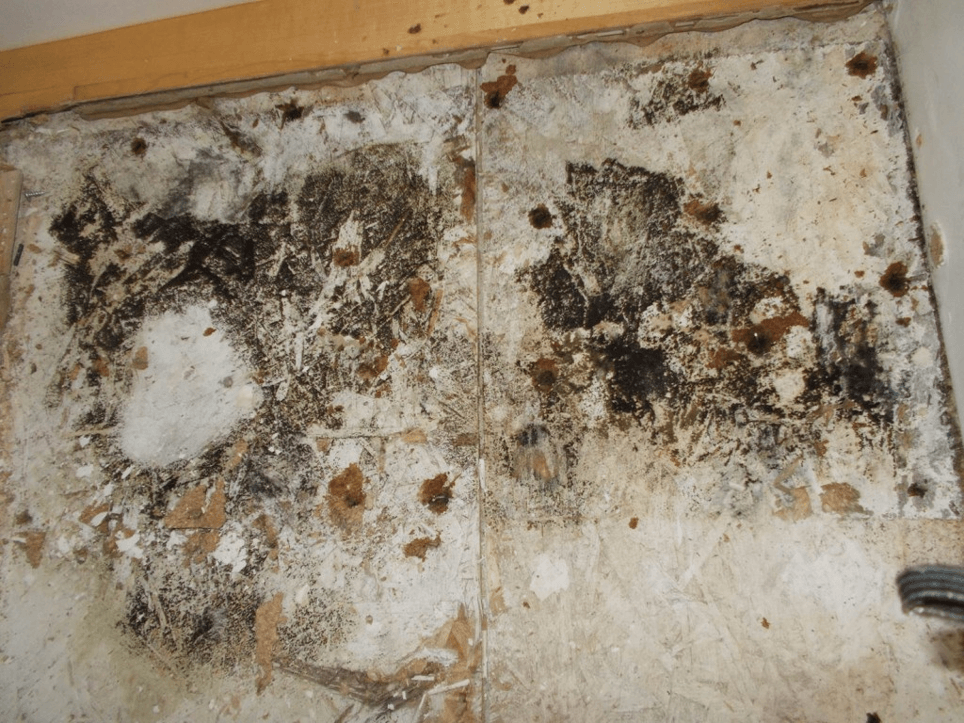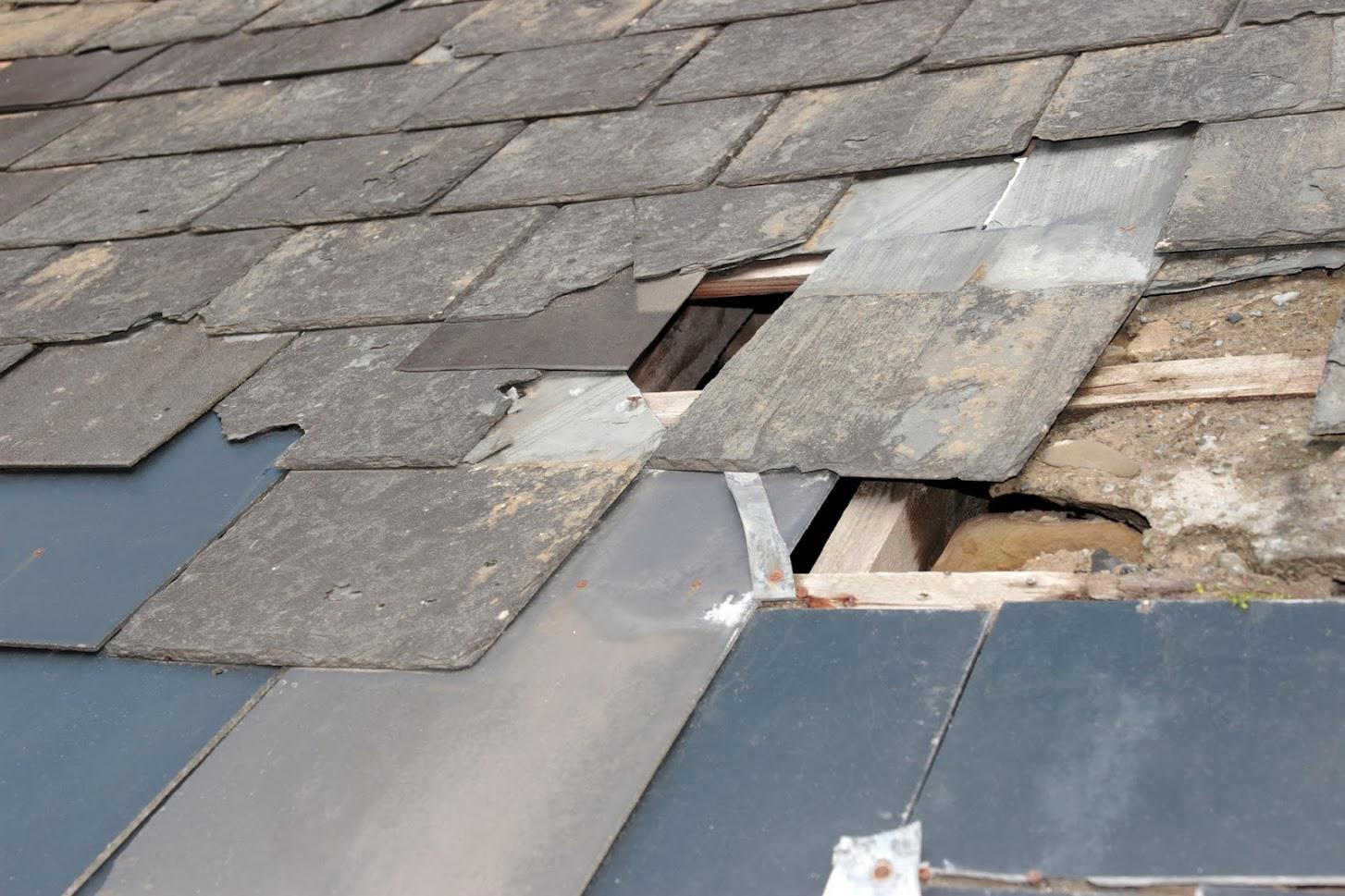Repair Damage to Properties After Extreme Weather
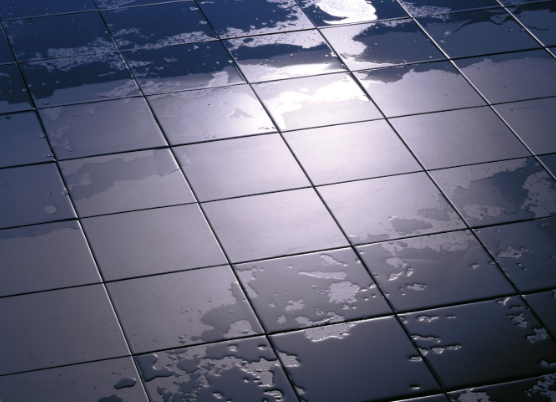
If you own or manage a large number of commercial properties in an area prone to extreme weather, you need to know how to contain and repair any damage as soon as the weather has cleared. Since storms can often cause water damage that leads to structural problems, mold, and other issues, time is of the essence.
Here are some of the critical steps you will need to repair your buildings after extreme weather event hits the area.
1. Immediate Debris Cleanup
Fallen trees, half-fallen trees, and downed tree limbs can not only present a safety hazard to anyone in the area but may also finish falling later and cause more damage to your property. A tree that's leaning over or that has a lot of damage to its crown may be hazardous as well. Piles of debris can also harbor displaced wildlife.
While the aesthetics of your landscaping may not be the first thing on your mind after a severe storm, these safety considerations should carry some weight. And you may also care about the well-being of any large old trees on your grounds, since these trees are a great landscape feature that you cannot easily replace.
Trim any tree that has lost a limb carefully to avoid disease, and assess that tree for any other structural vulnerabilities. If you'd like to save the tree rather than simply removing it, have a professional arborist come out to assess its condition, decide if the tree can be saved, and form a plan for maintaining the tree.
2. Expert Inspections and Assessments
Any commercial property could sustain roof damage, broken windows, and other damage from a strong storm. Any water damage in the building could lead to mold, and any damage to wiring or gas lines may cause safety hazards. You do not want to try to inspect for damage yourself, and your typical handyman may not be experienced in these damage types.
Your best bet is to have a professional who specializes in storm damage inspections or cleanup inspect and assess the property. This could be a storm damage inspection contractor or a storm damage restoration specialist. Be sure to discuss inspection requirements and protocol with your insurance company before choosing an inspector.
3. Professional Mitigation and Remediation
While some damage, such as general debris cleanup, may be manageable for a handyman, you will want to once again depend on professional damage remediation contractors for at least the majority of the remediation and mitigation you will need. Both mitigation and remediation are critical steps to take after a storm, especially if your buildings have water damage.
Mitigation means keeping the damage from spreading. If one of your apartment buildings has standing water in it, removing that water will keep more of it from soaking into the walls. This is an example of mitigation, which you should do promptly to restrict the extent of the damage.
Remediation, on the other hand, is about restoring your properties to their prior undamaged state once the spread of the damage has been stopped through mitigation efforts. Replacing any water-damaged materials is an example of remediation.
These steps will help you to stay on top of any potential storm damage to your properties so the mold and water damage will not balloon out of control before cleanup can begin.
C & Z Construction specializes in remediation and repairs for large commercial properties. Whether your properties have suffered a fire or sustained damage from a bad thunderstorm, we are ready to help you. Give us a call today to learn more about our qualifications, services, and scheduling.
